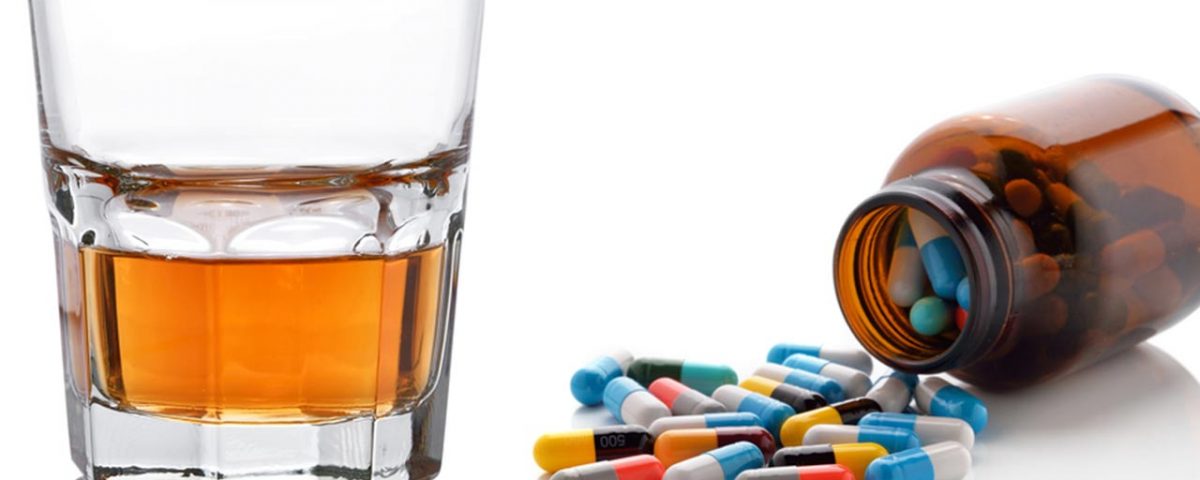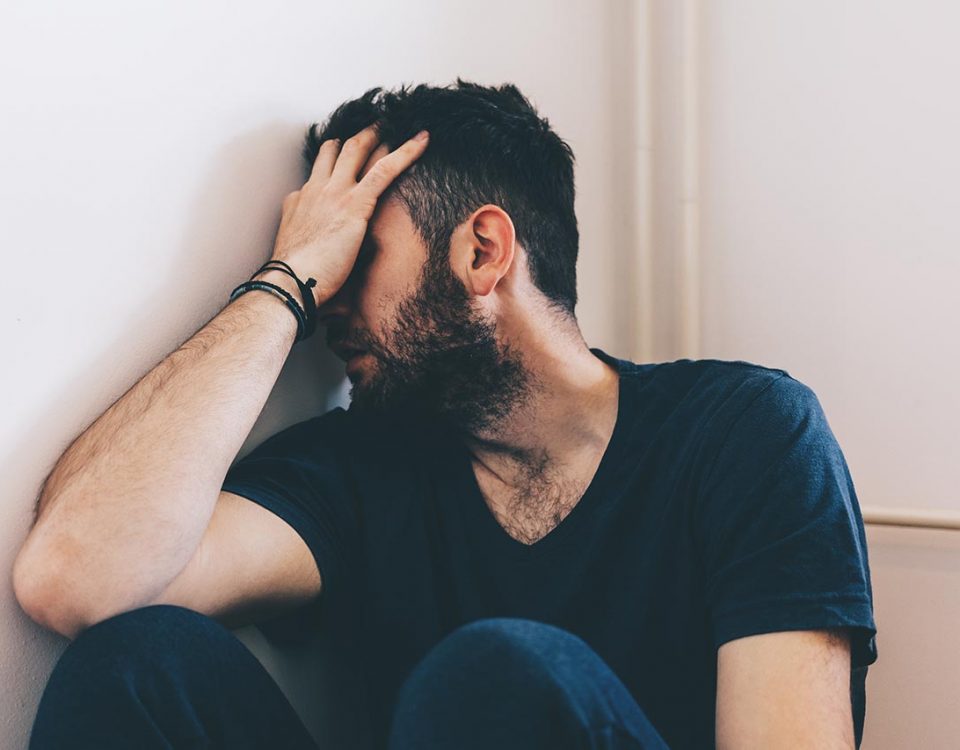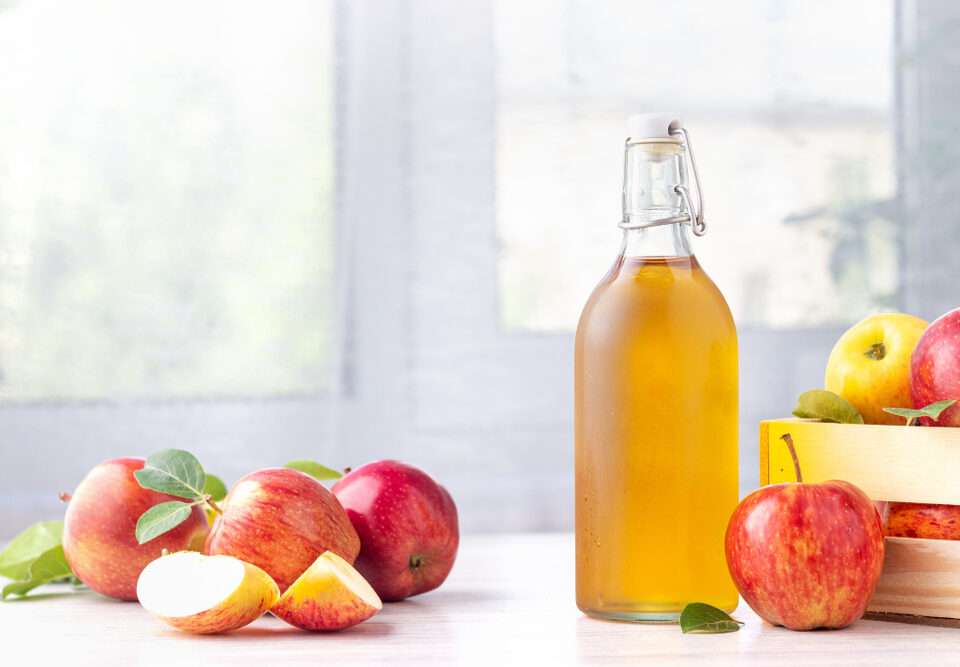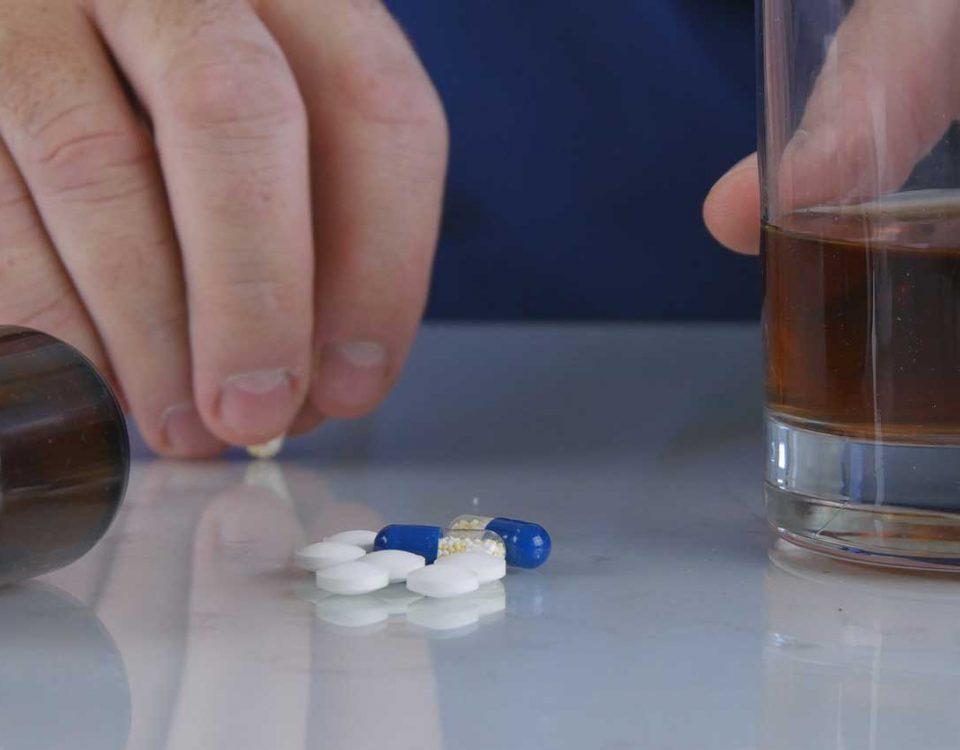Alcohol can complicate the treatment of various disorders and conditions. Depending on the medication used for treatment, alcohol consumption can be detrimental not only to the individual’s recovery but can also lead to immediate repercussions. Polysubstance abuse is a risky practice that can quickly escalate into far more severe problems for the user. With that in mind, today, Banyan Treatment Centers Texas is diving into what happens when you mix nortriptyline and alcohol.
What Is Pamelor (Nortriptyline)?
Like Anafranil and Sinequan, Pamelor is the brand name for nortriptyline, a tricyclic antidepressant (TCA) that comes in capsule, tablet, and solution formulations. TCAs increase the amount of serotonin and norepinephrine in the brain by blocking the reuptake or reabsorption of these two chemicals in the synapse (space between two neurons.)
As a result, serotonin and norepinephrine accumulate in between neurons, producing signals that lead to improved mood, focus, and more. People who have depression tend to have low serotonin and norepinephrine levels, making nortriptyline an effective form of treatment.
In addition to treating depression and anxiety, nortriptyline may also be used for the treatment of nerve pain like burning, shooting, or stabbing sensations. Although Pamelor does produce more side effects than selective serotonin reuptake inhibitors (SSRIs), they’re usually flu-like and generally go away quickly.
Some side effects of Pamelor include:
- Dry mouth
- Dizziness
- Lightheadedness
- Constipation
- Blurred vision
- Trembling
- Fainting
- Difficulty urinating
- Irregular heartbeat
TCAs are continuously put under the microscope due to their risk of physical dependence. For this reason, it’s important to take Pamelor as prescribed and follow the regimen created by your doctor. This is the best way to prevent adverse reactions, keep your condition under control, and avoid the onset of withdrawal symptoms.
Can You Drink on Nortriptyline (Pamelor)?
Although some doctors might allow you to drink some alcohol while taking Pamelor, it’s best to avoid nortriptyline and alcohol consumption altogether, as alcohol can compromise the efficacy of the medication. One’s initial reaction to antidepressant medication can set the tone for how their treatment will go, so it’s best to allow the body time to adjust to the new medication and allow the medication to do its thing.
Pamelor doesn’t immediately start working when you first take it, and patients usually start noticing changes in their depression symptoms or nerve pain after a week or two. During this time, it’s best to avoid drinking alcohol as the body acclimates itself to the medication. Once the individual reaches the point of regularity, controlled alcohol consumption might be permitted by a doctor, but only in moderation.
Even so, it’s important to keep in mind that a negative nortriptyline-alcohol interaction can occur. As a depressant, alcohol works on certain neurotransmitters to produce sedation and drowsiness. This could intensify any of Pamelor’s sedative effects, making patients feel more heavily drugged than usual if the two were not mixed.
This can make operating heavy machinery and driving dangerous and nearly impossible. The combination of Pamelor and alcohol can also worsen feelings of depression due to alcohol’s additional effects on the brain. As a result, the medication may not be as effective as if it were taken alone.
Nortriptyline and Alcohol Side Effects
Although a doctor might allow you to drink on Pamelor under their strict supervision, understanding what happens when you mix nortriptyline and alcohol in a worst-case scenario is important. At the end of the day, both alcohol and nortriptyline produce their own adverse effects that may only be worsened when the two are combined.
Some common side effects of Pamelor and alcohol include:
- Uneven heartbeat
- Extreme drowsiness
- Confusion
- Extreme sedation
- Agitation
- Nausea and/or vomiting
- Blurred vision
- Sweating
- Muscle stiffness
- Lightheadedness
- Seizures
Can You Overdose on Nortriptyline and Alcohol?
In addition to the risks, another possible consequence of combining these two substances is a nortriptyline and alcohol overdose. Although this type of overdose isn’t believed to be fatal, it can be dangerous and highly uncomfortable. Numerous uncomfortable symptoms and problems might result from a nortriptyline and alcohol overdose. Additionally, the liver, which is in charge of metabolizing both chemicals, may experience additional stress as a result of the combined overdose. The risk of serious liver failure or damage increases as a result, further complicating the fragile situation.
It's important to understand that everyone's tolerance and response to these substances might differ, and as a result, the effects of an overdose may vary from person to person. Unless you’ve spoken to your doctor and they’ve given you the okay to drink while taking Pamelor, do not do it. Drinking while taking medication can also contribute to alcohol abuse over time. Alcohol also impacts mental health, and drinking while taking antidepressants can prevent the medications from working properly.
Is Nortriptyline Addictive?
A tricyclic antidepressant, nortriptyline is not seen as addictive in the same way that some medications, such as opioids or stimulants, are. Strong cravings and obsessive drug-seeking behaviors, which are typically associated with addictive substances, are rare outcomes. Nortriptyline belongs to a group of medications that work by altering the levels of particular neurotransmitters in the brain and are used to treat depression and other mood disorders.
Nortriptyline is a prescription drug and must be used under constant medical supervision. It's vital to remember both of these facts. Although nortriptyline might not be habit-forming in the conventional sense, abruptly stopping it or abusing it can have negative effects. To reduce the danger of withdrawal and related side effects, patients should carefully follow their doctor's recommendations and only alter dosages or stop taking medications with medical supervision. People who have a history of substance abuse should also tell their doctor since they may be more likely to engage in nortriptyline abuse. Overall, even though nortriptyline is not thought to be addictive, it must be used responsibly and under close supervision to be effective.
Help for Polysubstance Abuse at Our Banyan Texas Rehab
If you’ve noticed that a loved one is struggling with alcohol use or is misusing their medication, don’t wait to reach out to a professional. Our rehab in Texas offers alcoholism treatment on an inpatient scale that incorporates physical care and therapy to help clients heal from the inside out.
Starting with medically monitored alcohol detox, patients can recover from withdrawals without relapsing under the guidance of our medical team. Once detox is completed, clients then work with our counselors and sponsors to develop sober skills they can use after rehab.
To learn more about our Texas addiction treatment options and how we can help you or a loved one change your lives for the better, call Banyan Treatment Center today at 888-280-4763.
Related Reading









